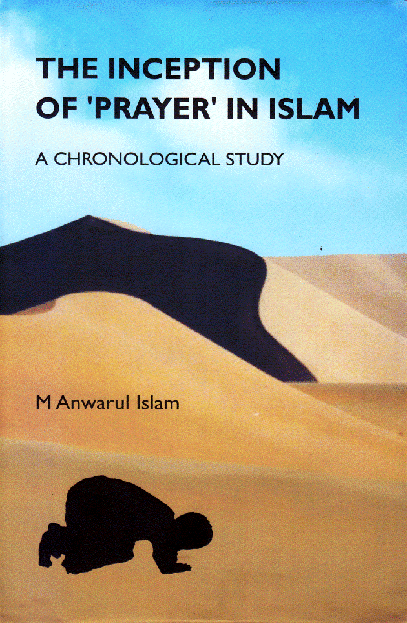
The Inception of 'Prayer' in Islam - A Chronological Study
https://uplbooks.com/shop/9847022000301-the-inception-of-prayer-in-islam-a-chronological-study-8280 https://uplbooks.com/web/image/product.template/8280/image_1920?unique=3d813f3
| Language: English |
Tags :
Book Info
The concept of prayer came into the religion of Islam soon after the call to prophethood of Muhammad (pbuh) in 610 AD, and by the time of his death in 632 AD, it was established as an obligatory ritual with all its liturgical details. The process of the inception of this significant pillar of Islam within these 22 years has not yet been presented in a chronological order and this work is an effort towards such an order. The research was based on information obtained from the three main sources, i.e., (i) the Quran, which is the holy book and the principal source of guideline for a Muslim, (ii) Hadith or the sayings, reported actions and anecdotes relating the words and deeds of Prophet Muhammad, and (iii) the sira (biography) of the Prophet. Most of the earliest biographies, dating back to the second century AH, have now been translated to English and the interpretation of the Quran as well as several versions of the chronology of revelation of its verses are available. The word prayer (salat) is mentioned in the very first revealed surah (chapter) of the Quran. These two sources provided the data to establish a sequential development of prayer in the pre-Hijrah period of Islam, i.e., during the life of the Prophet before his migration from the city of Mecca to Medina in 622 AD. The Sahih (authentic) Hadith, whose compilation began about 150 years after the Prophet's death, include a large number of his traditions on prayer, especially in the post-Hijrah Madina. While the core aspects of a Muslim's prayer, i.e., the basic manner of performance and its orientation towards a Qibla, were established in Mecca, the final shape of the canonical prayer including the details of all the different prayers were finalised in Medina.

M Anwarul Islam
M. Anwarul Islam is a retired engineer, architect and academic with some publications emanating from his personal research. He is one of the first five architects qualified in Bangladesh (BArch/1966) who also obtained BSc. Eng. (1957) and MSc. (1974) degrees from the Bangladesh University Engineering and Technology. Having worked in engineering design and architecture for eighteen years he left for England where he was awarded the degree of PhD by the University of Warwick in 1978. He then began a teaching career that continued until he retired from the Manchester School of Architecture in 2006. This included supervision of the research work of a number of PhD students of the University of Manchester and the Manchester Metropolitan University in various

এম আনওয়ারুল ইসলাম
M. Anwarul Islam is a retired engineer, architect and academic with some publications emanating from his personal research. He is one of the first five architects qualified in Bangladesh (BArch/1966) who also obtained BSc. Eng. (1957) and MSc. (1974) degrees from the Bangladesh University Engineering and Technology. Having worked in engineering design and architecture for eighteen years he left for England where he was awarded the degree of PhD by the University of Warwick in 1978. He then began a teaching career that continued until he retired from the Manchester School of Architecture in 2006. This included supervision of the research work of a number of PhD students of the University of Manchester and the Manchester Metropolitan University in various


